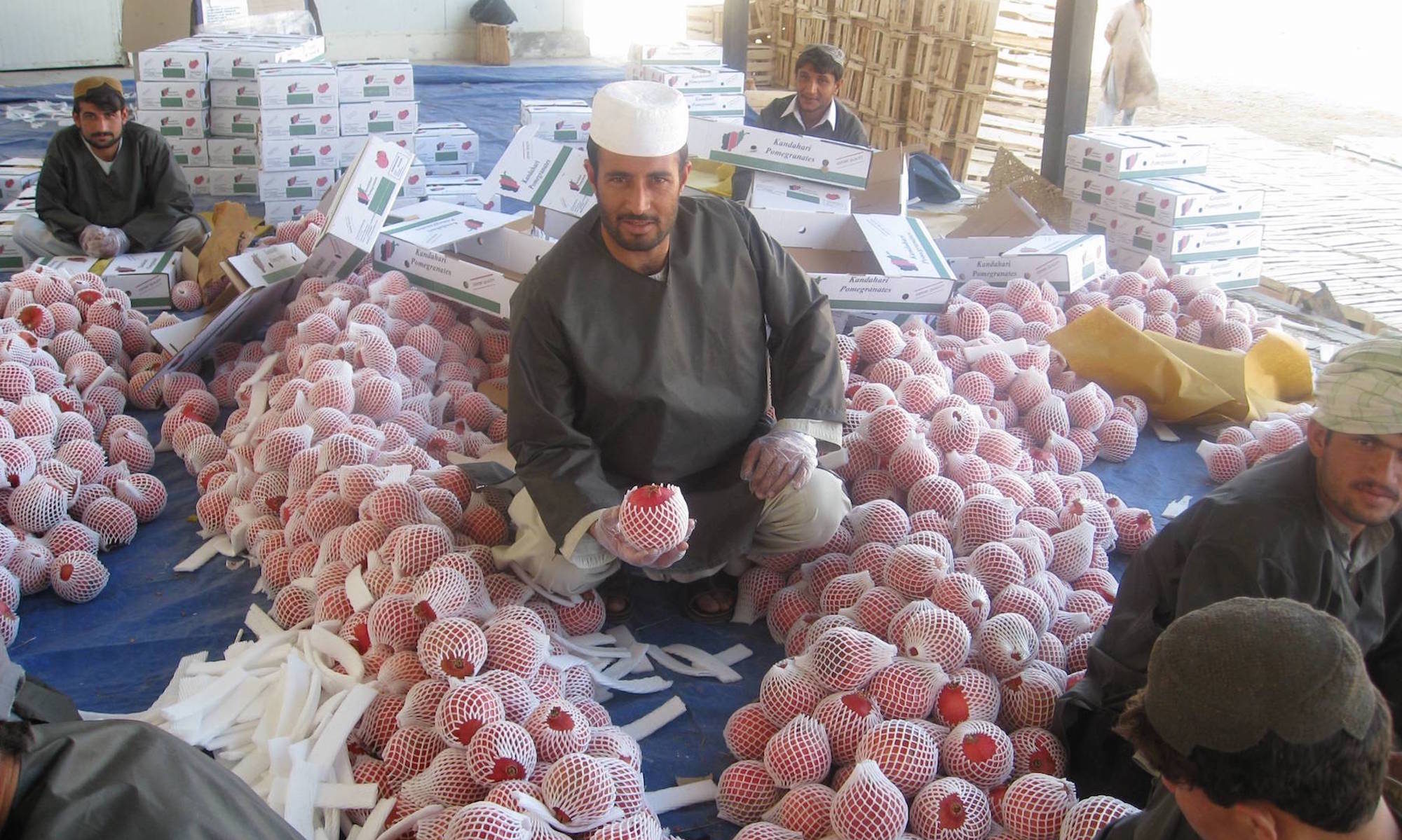While the study of the causes of civil war is a well-established subdiscipline in international relations, the effects of civil war on society remain less understood. Yet, such effects could have crucial implications for long-term stability and democracy in a country after the reaching of a peace agreement. This article contributes to the understanding of the effects of warfare on interethnic relations, notably attitudes of ethno-nationalism. Two hypotheses are tested: first, that the prevalence of ethno-nationalism is higher after than before the war, and second, that individuals who have been directly affected by the war are more nationalist than others. The variation in ethno-nationalism is examined over time, between countries, and between ethnic groups. Three countries that did not experience conflict on their own territory serve as a control group. The effect of individual war exposure is also tested in the analysis. Sources include survey data from the former Yugoslavia in 1989, shortly before the outbreak of war in Croatia and Bosnia and Herzegovina, and in 2003, some years after the violence in the region ended. Contrary to common beliefs, the study shows that ethno-nationalism does not necessarily increase with ethnic civil war. The individual war experiences are less important than expected.
The ICTY and Reconciliation in Croatia. A Case Study of Vukovar
Making War and Building Peace: United Nations Peace Operations
War Veterans and Peacebuilding in Former Yugoslavia. A Pilot Project of the Centre for Nonviolent Action (CNA)
Training for Peacebuilding and Conflict Transformation. Experiences of the “Centre for Nonviolent Action” in the Western Balkans
Dealing with the Past in the Context of Ethnonationalism. The Case of Bosnia-Herzegovina, Croatia and Serbia
This text is based on a thesis that was presented at the Department of Peace Studies at Coventry University. The thesis presents a range of efforts being undertaken by civil society groups in the region, highlighting the absence of initiatives on the part of the government(s) and the wider public sphere(s). It concludes with an appeal to form broader alliances, and to also seek partners beyond those groups already working in this field. This implies, however, that two frequently observed tendencies among NGOs – both the mutual suspicion with which they regard each other, and the widespread prejudice that all politicians are incurable ethnonationalists – must first be overcome.
Constructing Justice and Security After War
This book addresses what both scholars and practitioners now recognize as a foundation of effective peace: effective, legitimate, and rights-respecting systems of justice and physical security. This volume provides nine case studies by distinguished contributors, including scholars, criminal justice practitioners, and former senior officials of international missions, most of whom have closely followed or been intimately involved in these processes. The wide-ranging case studies address whether and how societies emerging from armed conflict create systems of justice and security that ensure basic rights, apply the law effectively and impartially, and enjoy popular support. The studies examine the importance of social, economic, and cultural factors as well as institutional choices regarging the form, substance, and sequence of reforms. Cases include: El Salvador, Haiti, Guatemala, South Africa, Rwanda, Bosnia, Kosovo, East Timor / Timor Leste. Additional Topic: Gender.
Views on the Ground: The Local Perception of International Criminal Tribunals in the Former Yugoslavia and Sierra Leone
Civil-Military Cooperation in Post-Conflict Operations
Civil-Military Cooperation (CIMIC) is the relationship between militaries and humanitarians. Largely conducted in post-conflict environments, CIMIC has become a key characteristic of military operations in the twenty-first century. However, the field is mostly understood through stereotype rather than clear, comprehensive analysis. The range and scope of activities which fall under the wider rubric of CIMIC is huge, as are the number of differing approaches, across situations and national armed forces. This book demonstrates the wide variety of national approaches to CIMIC activities, introducing some theoretical and ethical considerations into a field that has largely been bereft of this type of debate. Containing several case studies of recent CIMIC (in the Balkans, Afghanistan, and Iraq) along with theoretical analyses, it will assist scholars, practitioners, and decision-makers become more aware of the ‘state of the art’ in this field.
